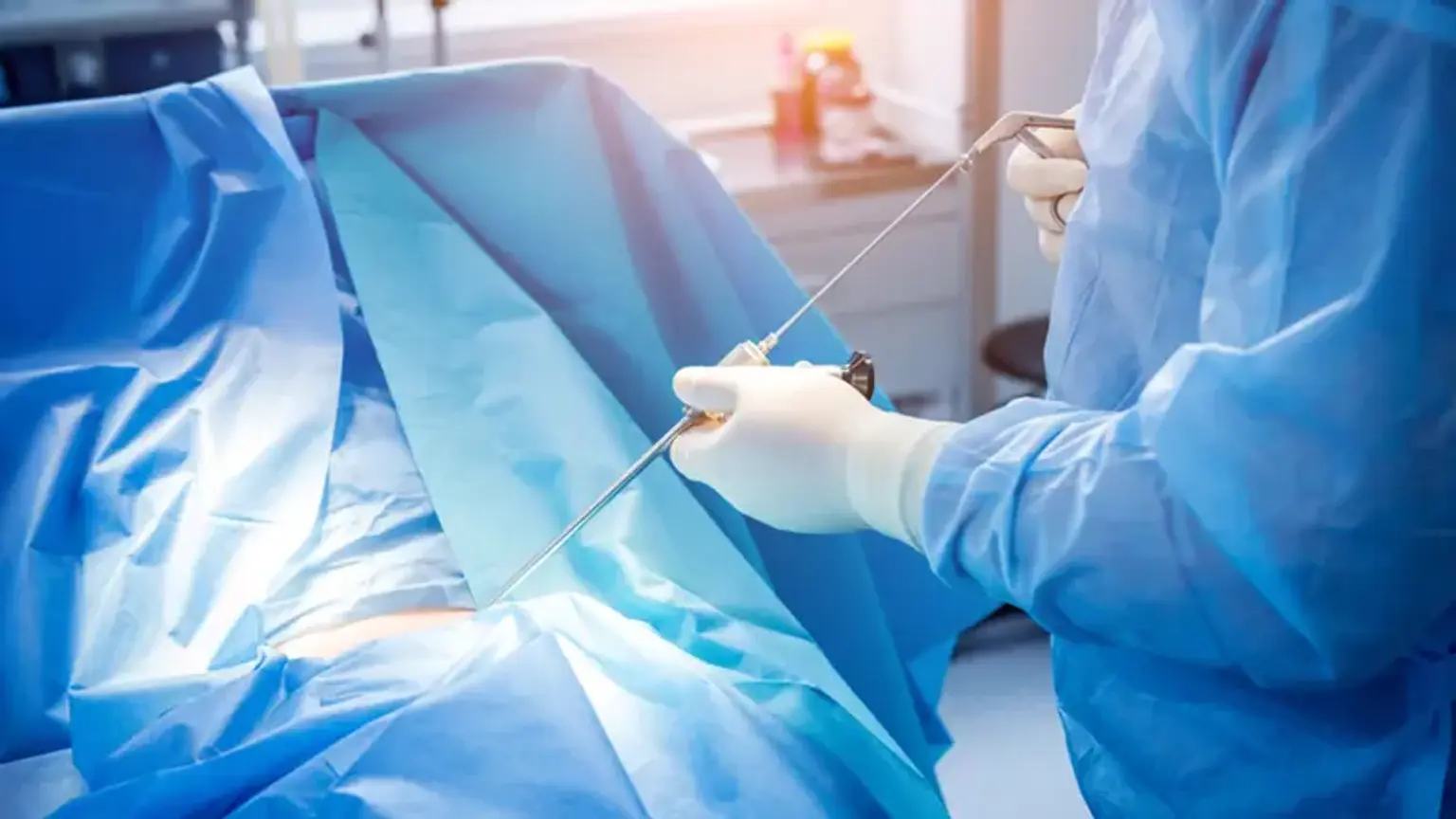Endoscopic Spine Surgery
Endoscopic spine surgery is the least invasive spine surgery we are aware of, and it is used to treat herniated, protruded, extruded, bulging discs, and disc ruptures that compress or irritate the spinal nerves, resulting in back or leg pain. Before choosing conventional, open, or minimally invasive spine methods such as laminectomy, microdiscectomy, or spinal fusion, patients with painful spinal disorders should explore all less invasive options such as pain management and endoscopic procedures.
For the endoscopic spine surgeon to locate the cause of the pain and selectively manage the painful condition without causing the patient considerable postoperative pain or recovery, a correct diagnosis is required in addition to therapeutic and diagnostic injections. Endoscopic spine surgery has been shown to be clinically equivalent to open and minimally invasive spine surgery (MIS) with the right indication, diagnosis, and training. Endoscopic patients heal faster, require fewer narcotic drugs, and return to work sooner than MIS surgical patients, despite having similar benefits in alleviating pain for spinal disorders.
Endoscopic spine surgery can be beneficial in the treatment of teenage disc herniations, particularly for active and athletic individuals who participate in competitive sports and require less tissue stress and a faster return to function. Before undergoing spine fusion surgery, athletes and physically active patients should get a second opinion from an experienced endoscopic spine doctor.
